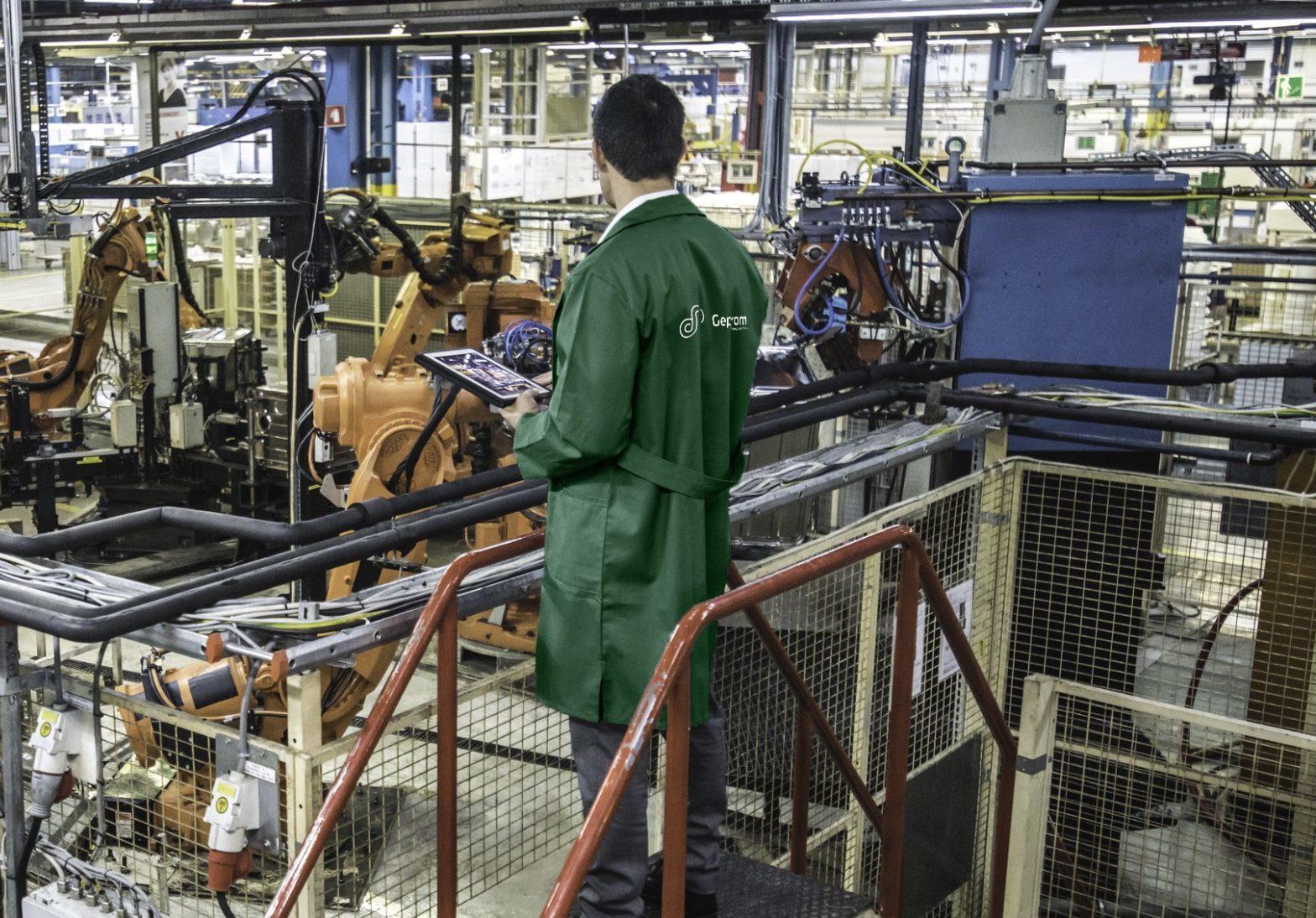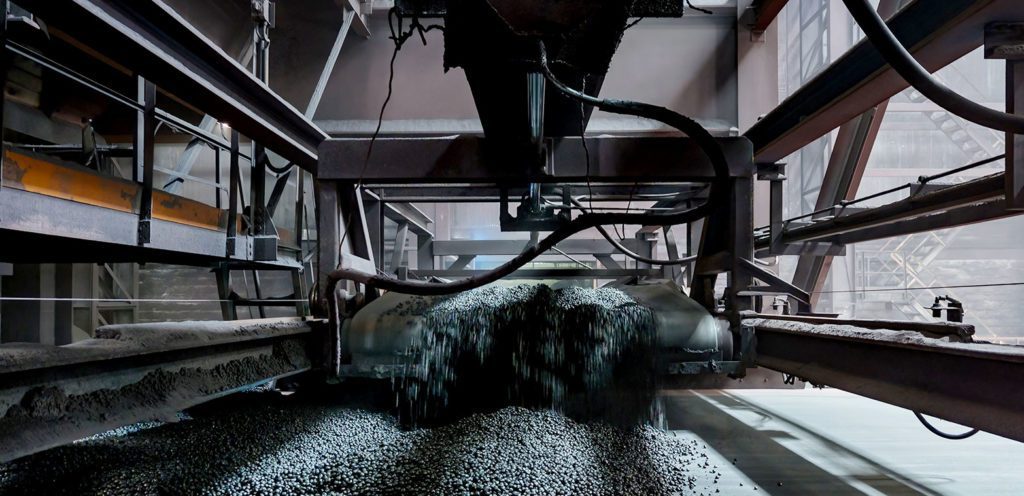In our previous article, What is an MES system, we developed the concept of MES (Manufacturing Execution System) and its correlation with the MOM (Manufacturing Operations Management) layer.
After understanding the concept of the MES system, we will now describe the process of implementing an MES system using the Geprom methodology.
Firstly, a functional analysis is carried out through a consultative exercise in which a multidisciplinary team of experts checks the current state of the factory (As-Is). The level of digital maturity of the factory is checked, both at the administrative level (ERP system) and at the control layer (PLCs/SCADA, IoT,…); as a result, the communication flows between systems, the architecture of the plant and the different existing data sources are identified. In addition, the operational and technological needs that the factory needs to cover will be detected. To ensure the success of this phase, the participation of the profiles involved in the project (systems, operations, engineering, maintenance and logistics) is required.
Dimensioning of functionalities
One of the advantages of MES systems is that they are modular. This means that depending on the way each client works and depending on their specific needs, the solution required for each case is configured. Thanks to the previous functional analysis exercise, the main functionalities to be solved with the integration of an MES system are determined. Some of the most common ones may be:
- Data capture, connection with ERP systems and real-time monitoring.
- Production planning and sequencing.
- OEE, KPIs
- Strategic fault management – MTTR, MTBF.
- Traceability.
- Consumption management.
- Mass balance.
- Energy management.
- Digital shift management.
- Automatic reporting.
After completing this point, you will obtain the details of the licences necessary for the implementation of the MES system. In addition, the project can be carried out in phases, taking advantage of the modularity of the system. This allows the solution to be scaled and allows it to grow according to the customer’s priority.
Adaptability of the MES system
Once the requirements and functionalities have been defined, the factory shall be checked for its readiness for MES integration. The points to be adapted shall be reviewed and indicated, such as:
- Status of the industrial network.
- IoT sensorisation level status.
- Control architecture.
- Programming of PLC’s, scales, AGV’s, robots, etc…
- Organisation of departments and work shifts.
- Configuration of the external systems that will communicate with the MES.
Implementation of the MES system
Once these previously explained steps have been taken, the implementation of the MES system will proceed and the Geprom implementation methodology will come into play.
Implementation of an MES system at Geprom
Once the MES licences have been installed, the following steps are carried out:
- Access and data capture.
- Visualisation, configuration and parameterisation of the system.
- Start-up and validation of the system.
- Reporting.
- Continuous improvement and support.
- Scalability plan (advanced analytics, digital twin, specific modules, etc).
In this first step, Geprom is responsible for collecting and capturing data from the production processes to be incorporated into the software. In this way, the MES system will be able to obtain reliable information and allow the software to be configured efficiently. Capturing process and control data can be done in different ways depending on the customer’s architecture:
- Access to data from sensors or direct counters.
- Access to PLC data.
- Access to SCADA and historian data.
- Access to data from DB databases.
Either directly via a specific connector or by accessing OPC concentrator servers.
Visualisation, configuration and parameterisation of the system
Once the data from the production processes have been collected, the system will be configured through the parameterisation of the MES software. Below are some examples of the parameters to be configured in the implementation of an MES system:
- Plant hierarchy – definition of the elements by areas, zones, departments, lines…
- Process flow and relevant data.
- Consumption and resources relationship.
- Operator guidance and interface.
- Etc.
Commissioning and validation of the system
In this phase, it is developed and starts with the execution of the established and planned systems. In addition, system validation is added, based on the verification of the information collected and executed in the previous steps. So far, all the configuration has been carried out in a development environment that is not linked to real production. From the start-up, the system becomes part of the production flow.
Once an MES system has been implemented and is up and running, it is time to collect the graphs and visualise the results obtained. Through the analysis of key performance indicators (KPIs) we will be able to know if the implementation of the MES system is bringing the benefits it should, for example, by calculating the overall production efficiency (OEE).
Continuous improvement and support
The implementation of an MES system allows the digitalisation of operations related to production, avoiding the use of paper, loss of information or human error. Once the use of data is implemented in the client’s culture, a Digital Twin can be carried out to assess the efficiency and effectiveness of future investments.
Finally, depending on the customer’s needs, a decision will be made as to whether a Service Level Agreement (SLA) or a Service Management Agreement (SMA) is in the factory’s best interest.









